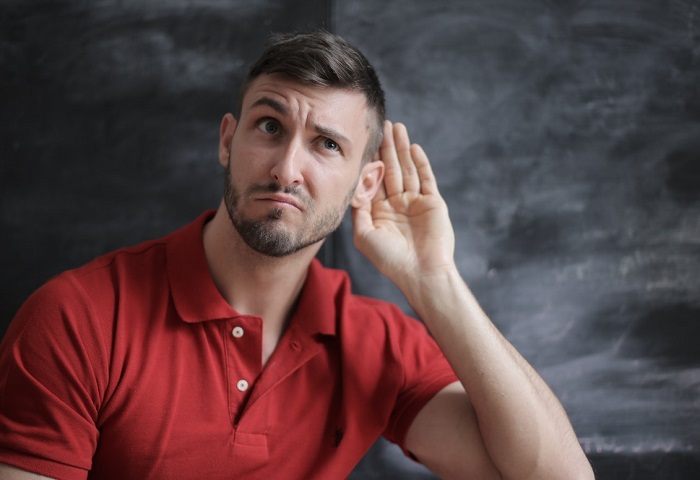- MN ABE Connect
- Archive
- Fun Minimal Pair Activities for English Learners
 April 1, 2022
April 1, 2022
Fun Minimal Pair Activities for English Learners
Andrea Echelberger, Literacy InstructorWhere to begin with easy and effective pronunciation instruction? Read on to learn about two pronunciation activities targeting minimal pairs that are a great starting point for teaching pronunciation, as well as where you can find the recordings and materials from ATLAS’s latest pronunciation webinars.
Human brains struggle to hear new sounds in words. When most people come across a sound that is not in their first language, their brain helpfully translates it into an equivalent sound. Sometimes this inadvertent translation doesn’t impact a speaker’s ability to get a message across, but other times it makes it challenging for the listener to understand.
We call words where sounds can be swapped minimal pairs. A minimal pair is two words that vary by only a single sound, like the /p/ and /b/ in pan and ban, or the /e/ and /ɪ/ in desk and disk.
In class, teachers can help learners by training their ears to distinguish the new sound. Here are two easy minimal pair activities that teachers can use to practice listening to and producing similar sounds.
Show Me the Sound
Give each learner two cards. Have the learners write one target sound on each card (e.g. r and l). Say a word aloud. Have the learners hold up the card with the corresponding sound. For example, if you say lake, the learners hold up the card with the l. If you say the word rake, the learners hold up the card with the r. (If you are doing this activity online, have learners type the letter that they hear in the chat box, or write it down in a notebook.)
Targeted practice: Write 4-6 minimal pairs on the board. Put the learners into pairs. One learner reads the words on the board out loud while their partner holds up the card with the corresponding sound. Then have the learners switch roles.
What’s the Number?
Write the numbers 0-9 on the board with a corresponding minimal pair word for each number.
Example:
0 – pack
1 – back
2 – rope
3 – robe
4 – big
5 – pig
6 – rip
7 – rib
8 – beach
9 – peach
Tell the learners a number, saying the words instead of the numbers. For example, to say 55407, you would say pig, pig, big, pack, rib. Have the learners write the numbers that match the words that they hear, then check to see if they were able to distinguish the sounds. (If you are doing this activity online, share the words and numbers on a PPT slide and have the learners write the numbers in their notebook, then type them into the chat or hold up their notebook to the camera to share.)
Targeted Practice: Put the learners in pairs or small groups and have them take turns sharing zip codes, phone numbers, house numbers, etc., saying the words instead of the numbers. Have the learners check their work and practice saying any words that the listeners misheard.
Want some more ideas? Check out this article from Tiny TEFL teacher that has 10 simple minimal pair games for English language learners:
https://www.tinyteflteacher.co.uk/teach-english/pronunciation/minimal-pairs
Finally, if you missed the Speak Up! Pronunciation webinars, you can find the recordings and materials on the MN Adult Ed Mighty Network ESL group. Please join the group, and feel free to post any pronunciation questions that you might have. This is also a great place to share any additional minimal pair resources that you’d like people to know about, or tell about any pronunciation activities that you’ve tried out successfully. Please come join the conversation!

Newsletter Signup
Get MN ABE Connect—the official source for ABE events, activities, and resources!
Sign UpArticle Categories
- ABE Foundations/Staff Onboarding
- ACES/Transitions
- Adult Career Pathways
- Assessment
- CCR Standards
- Citizenship
- COVID-19
- Cultural Competency
- Digital Literacy/Northstar
- Disabilities
- Distance Learning/Education
- ELA
- Equity/Inclusion
- ESL
- HSE/Adult Diploma
- Listening
- Math/Numeracy
- Mental Health
- Minnesota ABE
- One-Room Schoolhouse/Multilevel
- Professional Development
- Program Management
- Reading
- Remote Instruction
- Science
- Social Studies
- Speaking/Conversation
- Support Services
- Teaching Strategies
- Technology
- Uncategorized
- Volunteers/Tutors
- Writing